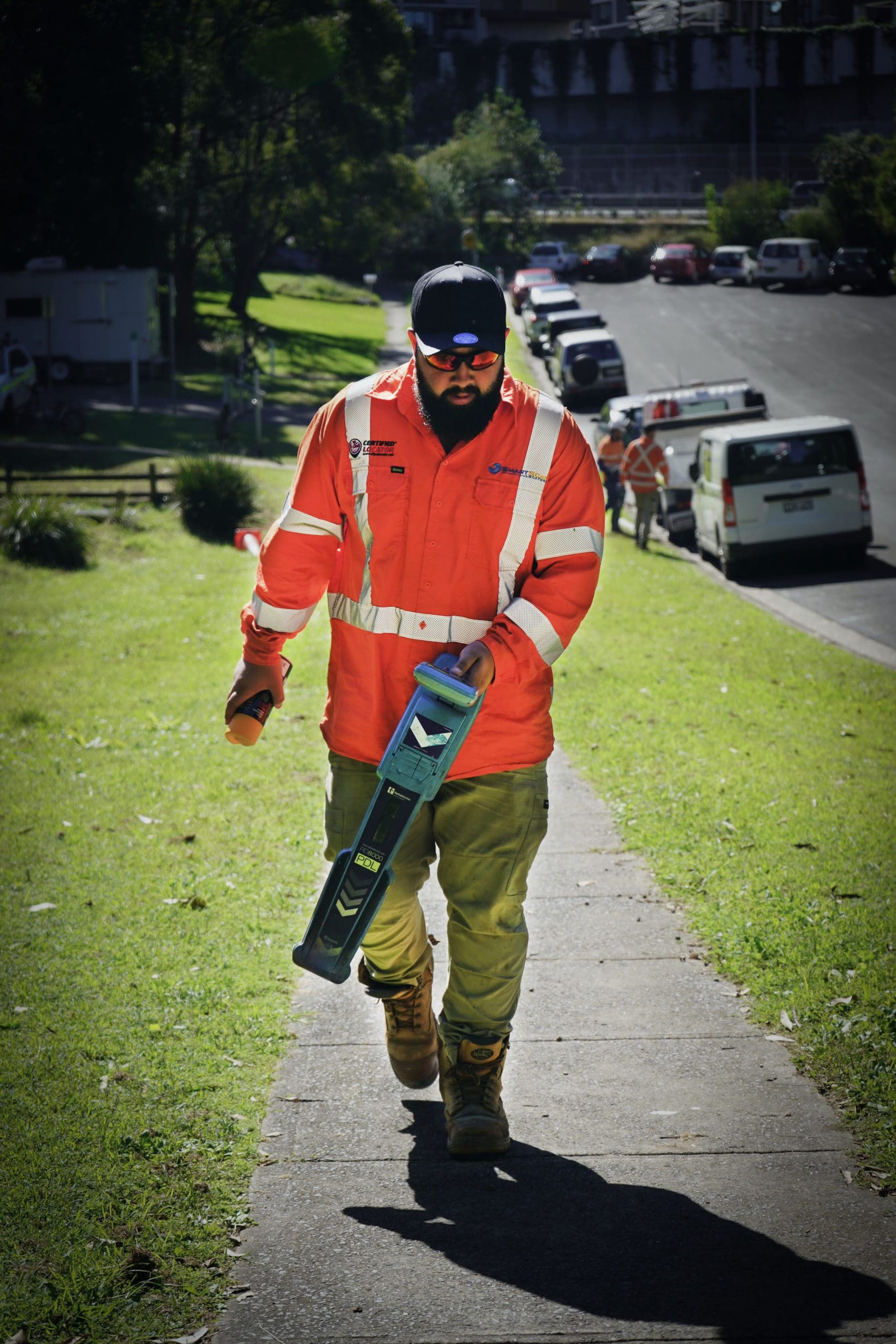Ground-Penetrating Radar (GPR) is a powerful and non-destructive geophysical method that has revolutionised the way we explore and map the subsurface. Whether you’re in construction, archaeology, environmental studies, or law enforcement, GPR offers a sophisticated and versatile tool for detecting and visualising what lies beneath the surface without the need for invasive excavation or drilling.
At its core, GPR operates by emitting high-frequency radio waves into the ground. These radar pulses travel through the subsurface until they encounter different materials or objects. When this happens, the radar waves are reflected back to the surface, where they are captured by a receiver. By analysing the time it takes for these signals to return, GPR can calculate the depth and density of the materials below the surface, creating a detailed image or profile of the subsurface environment.
This technology is remarkably adaptable and can be used in a wide variety of media, including soil, rock, ice, and concrete. It’s particularly effective at identifying changes in material composition, detecting voids, locating cracks, and finding buried objects like pipes, cables, or even unexploded ordnance. The versatility of GPR lies in its ability to adjust the frequency of the radar waves depending on the specific requirements of the survey. Higher frequencies provide finer detail but have shallower penetration, making them ideal for tasks like scanning concrete structures. Conversely, lower frequencies penetrate deeper into the ground but offer less detailed resolution, making them suitable for tasks like mapping underground utilities or geological features.
The effectiveness of GPR is influenced by several factors, particularly the material’s electrical conductivity and the frequency of the radar waves. GPR performs best in dry, low-conductivity environments, such as sandy soils or dry rock, where radar waves can penetrate more deeply. In contrast, wet or clay-rich soils, which have higher electrical conductivity, tend to absorb the radar signals, reducing the depth of penetration and the clarity of the resulting images.
Despite these limitations, GPR remains one of the most versatile and widely used subsurface exploration tools available. Advances in technology continue to improve its effectiveness, even in challenging conditions, making it an indispensable tool for a wide range of applications.
Ground-penetrating radar has found applications in numerous fields, each benefiting from its ability to provide critical subsurface information without the need for destructive testing or excavation.
In the construction industry, GPR is invaluable for locating and mapping underground utilities such as gas lines, water pipes, and electrical conduits before excavation or drilling. This not only prevents costly damages but also ensures the safety of workers. Additionally, GPR is used to inspect the condition of infrastructure, such as bridges, roads, and buildings, by detecting voids, cracks, and other structural issues that are not visible from the surface.
GPR is a valuable tool in geological and geotechnical studies for mapping bedrock, fault lines, and other subsurface features. It helps in understanding the geological conditions of an area, which is essential for safe construction practices and natural disaster preparedness.
As technology continues to advance, the capabilities of GPR are expanding. New developments are focusing on improving signal processing, increasing penetration depths in challenging materials, and enhancing the clarity of the resulting images. These advancements are making GPR even more useful in a broader range of applications, further cementing its role as an essential tool in subsurface exploration.
At Smartscan, we specialise in leveraging the power of GPR to provide accurate, reliable, and non-invasive subsurface imaging. Whether you need to locate utilities before a construction project, inspect infrastructure, or explore an archaeological site, our expertise ensures that you get the most precise and detailed information possible.
Ground-penetrating radar is a sophisticated technology that has become indispensable across numerous industries. Its ability to non-invasively detect, map, and analyse subsurface features makes it an essential tool for professionals in construction, archaeology, environmental studies, law enforcement, and beyond. As the technology continues to evolve, its applications are only set to expand, offering even greater possibilities for subsurface exploration.
If you’re in need of GPR services, look no further than Smartscan. With our state-of-the-art equipment and experienced team, we provide the highest quality GPR scanning services tailored to your specific needs. Contact us today to learn more about how we can help you uncover what lies beneath.

